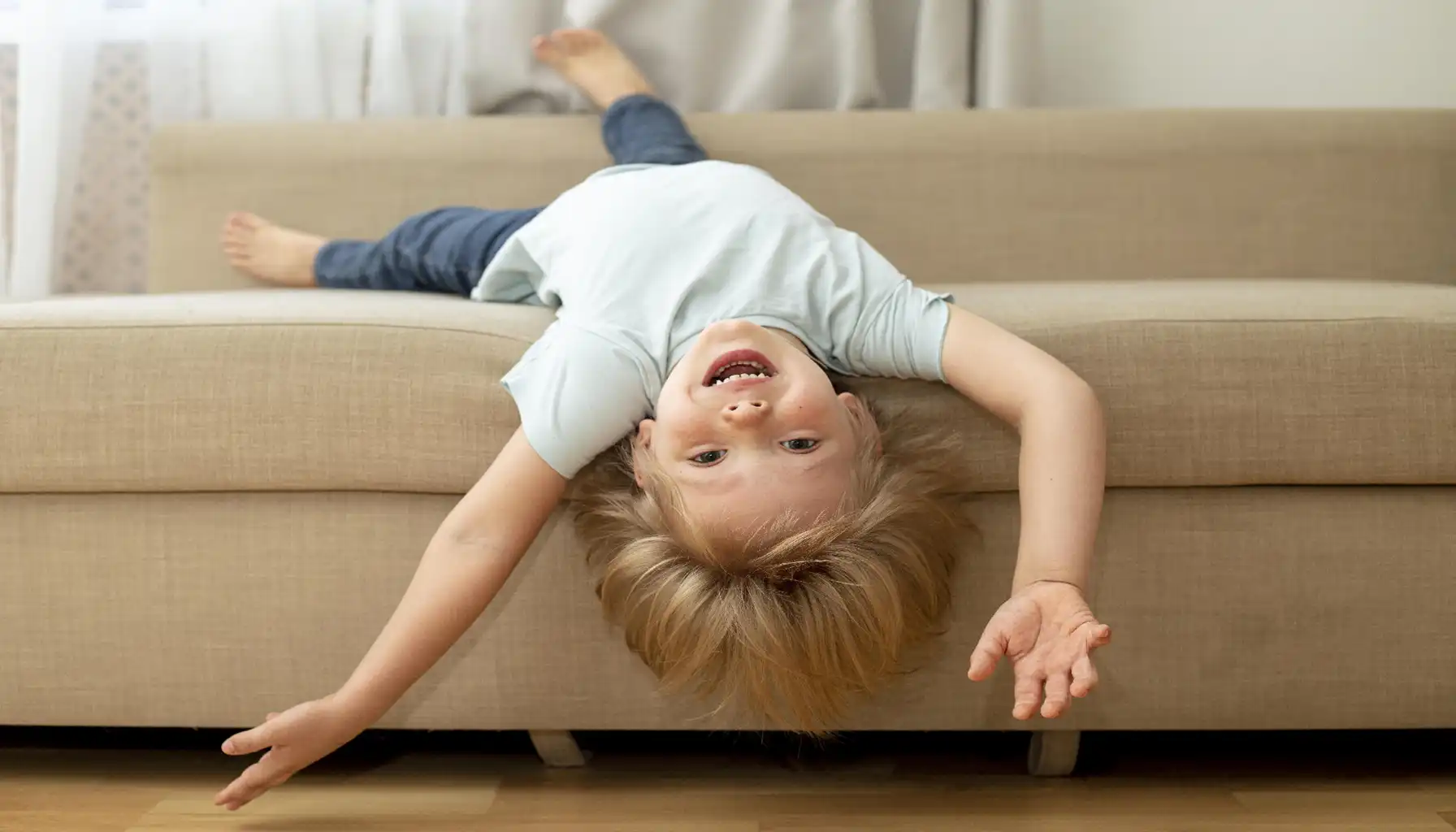OCD Symptoms in Children: Spotting the Signs and Getting Help Now
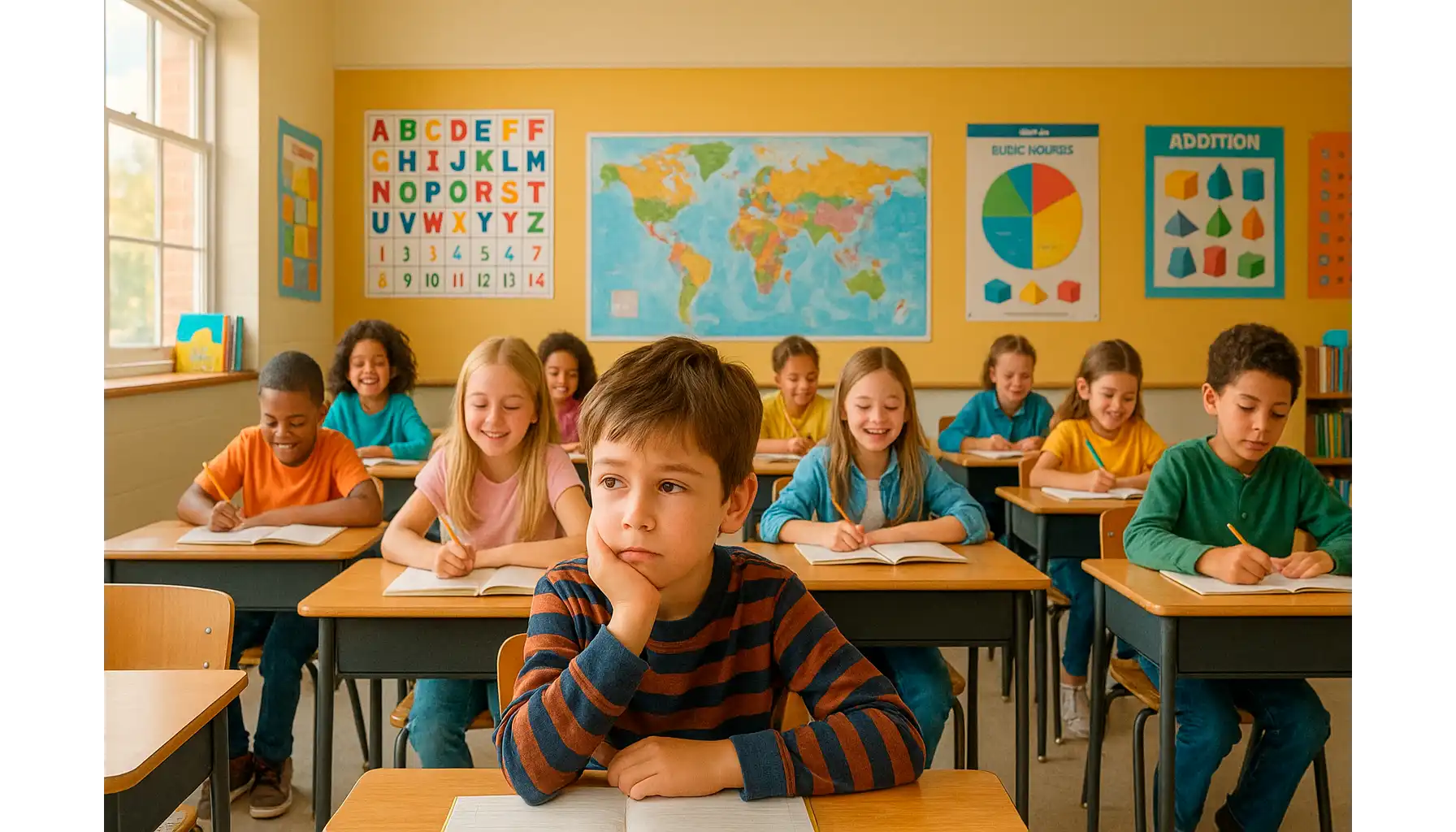
As a parent yourself, we know we all want the best for our kids. That's why we wanted to dive into something that can be really tough for families: OCD in children.
It can be heartbreaking to see your little one struggling, and it's easy to feel lost. We're going to talk about recognizing symptoms of OCD in children, because early detection is key.
We'll also explore what causes OCD in children – it’s not always what you think.
Think of it as a brain workout to understand this complex condition better.
We'll cover everything from spotting the early signs and behaviors, especially in kids with autism (ASD), to exploring effective treatment options like therapy and medication.

What Is OCD in Children
Obsessive-Compulsive Disorder isn't just about being super neat or organized. It's a legitimate mental health condition characterized by two main components: obsessions and compulsions.
Obsessions
These are persistent, intrusive, and unwanted thoughts, images, or urges that cause significant distress or anxiety. They're not just ordinary worries. They're repetitive and often irrational, and the person recognizes them as coming from their own mind.
Fear of contamination from germs.
Worrying about accidentally harming someone.
Needing things to be perfectly symmetrical.
Intrusive, unwanted violent or sexual thoughts.
Compulsions
These are repetitive behaviors or mental acts that the person feels driven to perform in response to an obsession. The goal of the compulsion is to reduce the anxiety caused by the obsession or to prevent something bad from happening. However, the relief is only temporary, and the compulsive behavior often reinforces the obsession.
Excessive handwashing or cleaning.
Checking things repeatedly (e.g., locks, stove).
Ordering or arranging objects in a specific way.
Repeating words or phrases silently.
Mental rituals (e.g., counting, praying).
How Does OCD Present in Children
Difficulty Articulating Obsessions | Younger children especially may struggle to put their obsessions into words. They might just say they "feel bad" or "need to do it." |
Magical Thinking | Childhood obsessions often involve magical thinking. Instead of a fear of germs, they might believe something terrible will happen to their family if they don't tap a doorknob a certain number of times. This is related to OCD in young children. |
Reliance on Family Involvement | Children often involve family members in their compulsions. For instance, they might insist that a parent check the door multiple times with them or perform a specific ritual before bedtime. |
Behavioral Manifestations | Look for repetitive behaviors that seem excessive or out of proportion to the situation. Examples are: constantly asking for reassurance, needing things "just so," or getting upset if routines are disrupted. |
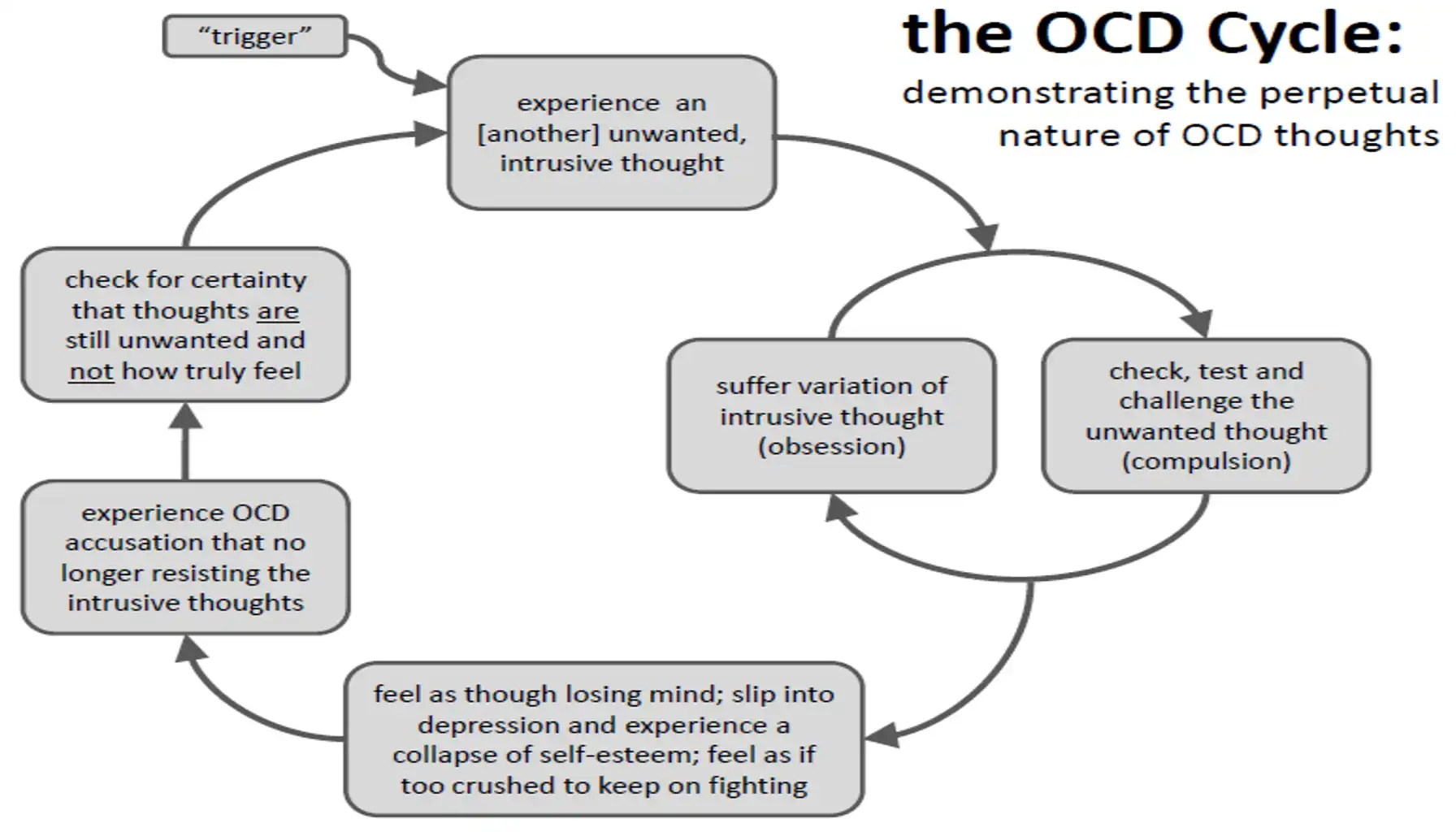
Prevalence of OCD in Childhood
It's essential to know that you're not alone. The question is, is OCD common in children? It’s more prevalent than many people realize.
Estimated Prevalence | Studies estimate that OCD affects around 1-3% of children and adolescents. |
Underdiagnosis | Many cases go undiagnosed because children may be ashamed to talk about their symptoms or may not recognize them as abnormal. |
Co-occurring Conditions | OCD often occurs alongside other mental health conditions, such as anxiety disorders, depression, ADHD, and tic disorders. It’s also crucial to recognize the connection OCD in children with autism. There is an observed correlation. Let's consider the potential for OCD in children with ASD. While not every child diagnosed with autism will also experience OCD, research suggests a significant co-occurrence. It's vital for parents of OCD in autistic children to be aware of this possibility. |
This awareness is crucial because OCD symptoms in young children can sometimes be misinterpreted as solely related to autism (e.g., repetitive behaviors).
So, what should you look for? Think about the underlying motivation behind the behavior. Is your child driven by anxiety, experiencing unwanted, intrusive thoughts? That could indicate OCD. Consulting with a specialist who is experienced in diagnosing OCD in children with different symptoms of autism and it is paramount if you have concerns.
Causes of OCD in Children
Genetics | OCD tends to run in families, suggesting a genetic component. If a parent or sibling has OCD, a child has a higher risk. |
Brain Differences | Research suggests that people with OCD may have differences in certain brain regions involved in regulating emotions and behavior. |
Environmental Factors | Stressful life events, trauma, or infections (like PANDAS – Pediatric Autoimmune Neuropsychiatric Disorders Associated with Streptococcal Infections) may trigger or worsen OCD symptoms in some children. |
Learned Behaviors | In some cases, OCD symptoms may develop through learned associations or modeling. |
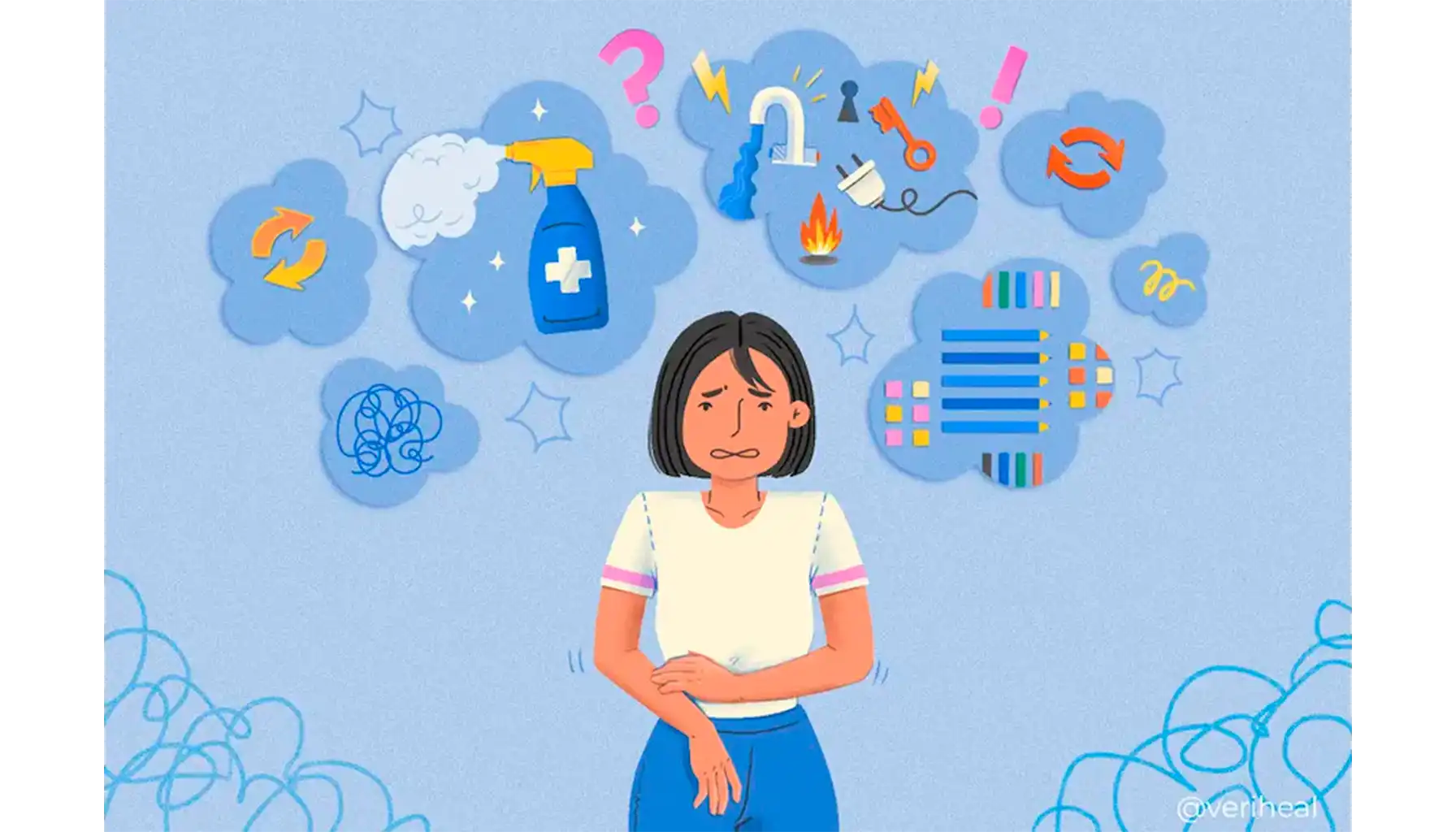
OCD in Children Symptoms Checklist
This section is all about giving you the tools to recognize potential OCD in your child. We're talking about recognizing the early signs of OCD in children. It's not just about being neat or liking routines. OCD goes beyond that. The symptoms are often a combination of thoughts (obsessions) and actions (compulsions).
What Does OCD Look Like in Children
It’s important to understand because, as mentioned earlier, symptoms can look different in children than in adults.
Repetitive Behaviors | Watch for actions that your child repeats frequently, even when they don't seem to have a clear purpose. |
Excessive Worry | Is your child constantly worried about things that seem unlikely to happen? |
Ritualistic Behaviors | Does your child have certain routines or rituals they must follow in a particular order, and get upset if those are disrupted? |
Intrusive Thoughts | It's hard to know what's going on in their head, but they might express fear of bad thoughts or needing to “think right.” |
Detailed Checklist
Checking Behaviors
Repeatedly checking locks, appliances, or homework.
Asking repeatedly if something is "safe" or "okay."
Washing/Cleaning
Excessive handwashing or showering.
Constant cleaning of objects or surfaces.
Ordering/Arranging
Needing objects to be perfectly aligned or arranged in a specific way.
Getting upset if things are out of place.
Mental Rituals
Counting silently or repeating phrases in their head.
Praying or performing other mental acts to ward off bad luck.
Intrusive Thoughts
Expressing fear of bad thoughts or images.
Saying they need to "think good thoughts" to prevent something bad from happening.
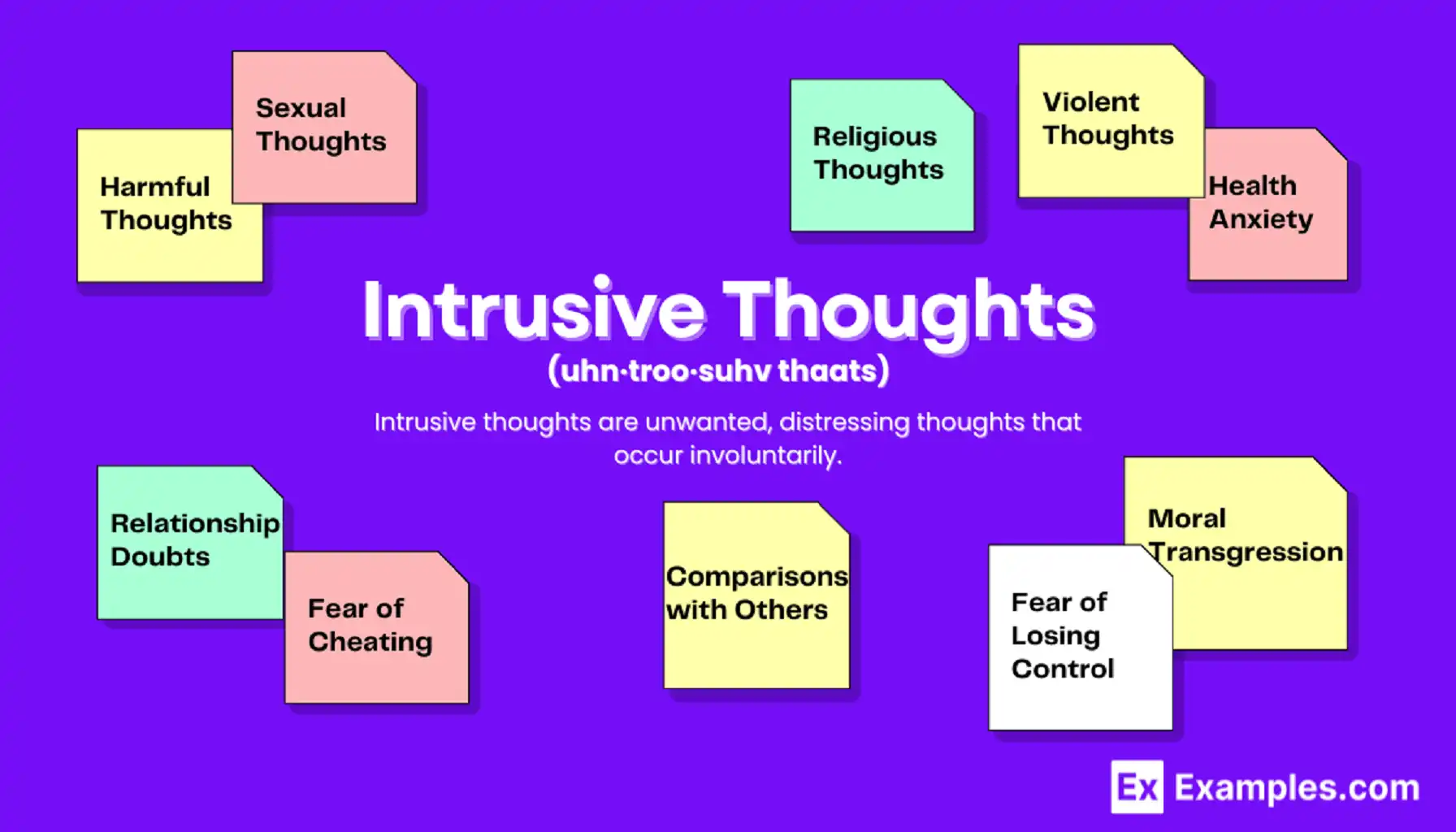
There are many OCD behaviors in children that may be an early indication of the condition. Do note also that how common is OCD in children often goes unnoticed.
When Does OCD Start in Children
The truth is that there is no specific age, and can manifest at any point in a child's development. Also it's crucial to mention the existence of OCD traits in children that may or may not lead to the development of the condition.
Keep in mind the OCD signs in children to catch it as soon as possible, but without jumping to any conclusions.
OCD in Children Treatment
Psychotherapy
Retraining the Brain. We'll start with psychotherapy, which often forms the foundation of OCD treatment in children.
This involves working with a therapist to change thought patterns and behaviors associated with OCD.
Cognitive Behavioral Therapy (CBT)
CBT is often considered the primary therapeutic approach for treating OCD in children.
It focuses on identifying and challenging the unhelpful thoughts and behaviors that maintain the OCD cycle. Within CBT, a technique called Exposure and Response Prevention (ERP) is particularly effective.
This is the part where your child actively avoids performing compulsive behaviors. For example, if a child has a fear of germs, they might be asked to touch a "dirty" object, but then be prevented from washing their hands immediately. With how to treat OCD in children, this type of therapy can be very powerful.
Other Therapeutic Approaches
While CBT is the most common approach, other therapies can also be helpful.
Acceptance and Commitment Therapy (ACT)
This helps children learn to accept their thoughts and feelings without judgment and commit to actions that are consistent with their values.
Family Therapy
Since OCD often affects the whole family, family therapy can help family members understand OCD and how to support the child.
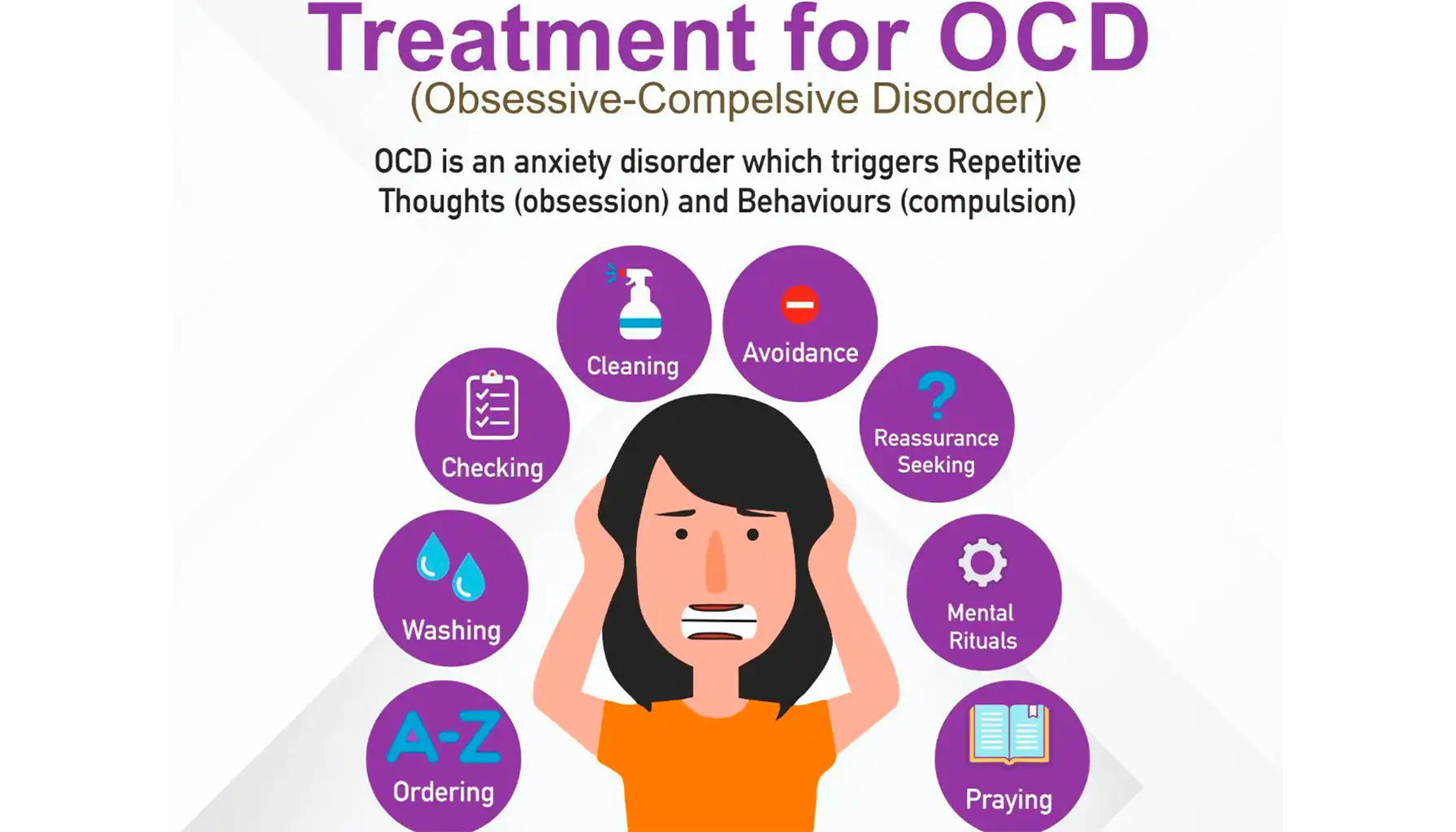
When Is Medication Needed
It's also important to consider the use of medication for OCD in children. In some cases, medication may be recommended, especially when OCD symptoms are severe or interfering significantly with daily life.
The best approach to treatment for OCD in children often involves a combination of therapy and medication. Always work closely with a qualified mental health professional to develop a treatment plan that is tailored to your child's specific needs.




